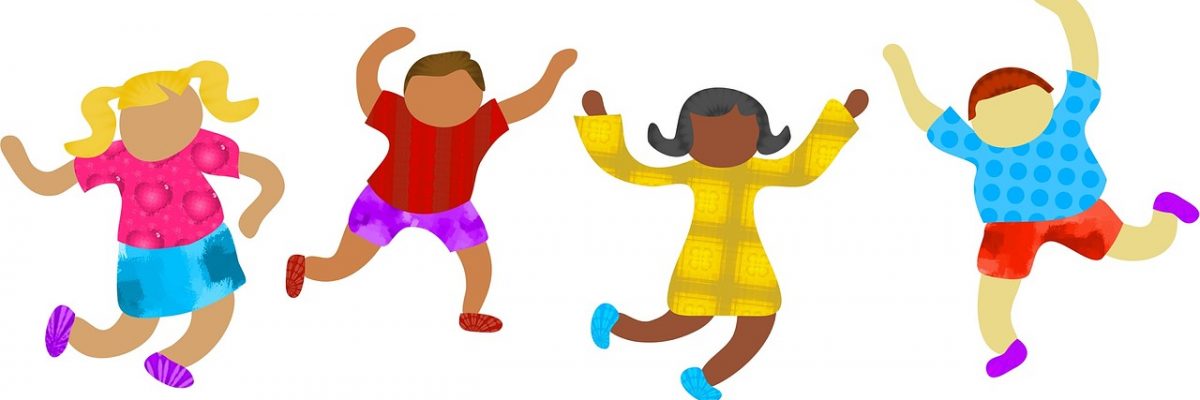The first phase normally encompasses the time from birth till about the age of three. In this phase the child learns that communication exists, and he begins to listen and understand basic words and sentences. At the end of this stage, the child has mastered a rudimentary vocabulary with simple sentence structures and basic grammar.
A baby at three months of age begins to distinguish the recognitions of sounds and where noises originate. He begins as well to use his voice to attract our attention as well as the occasional smile to communicate. At six months a baby can recreate distinctive sounds, laughs more frequently, and responds to stimulation from touch and sounds. At nine months, the repetition of sounds such as babababa, papapapa, and mamama become more entrenched and the child turns around when he hears his name called. He understands and responds as well to the meaning of the word “No!”.
At the end of the first year, a child can understand simple sentences such as “Come here”, “Don’t touch”, etc. At 15 months, a child begins to recognize the meaning of sentences , such as, “Where is the ball”, “Give me the doll”, and begins to say his first words. At 18 months, the infant begins to increase his vocabulary and can now respond to the question “What is this”, or “What is that”. At the age of two, he begins to combine two or more words, can use adjectives and recognizes the different parts of his body. The child enjoys being read to as well as story-telling. At the end of his second year of life, he is able to make the sounds of each letter of the alphabet as well as recognizing some letters.
In this stage of language development the main goal is to learn the melody of the language along with a basic vocabulary. The following points are therefore recommended to the parents:
- Keep a direct communication with your child, and use as many varied topics as possible.
- Name objects and constantly repeat the name of objects found in the child’s surrounding for example, ball, doll, blanket, etc.
- Ask questions in short sentences with two or more alternatives, for example, “Do you want the ball or the car?”
- Be consistent and speak to your child only in one language.
- Listen to your child with great attention and praise any progress in made in the language.
- Speak with your child in a normal tone and using “normal” language, skip baby talk altogether.
- Glance at baby books together and repeat the words together.
- Sing to your child.
- Read to your child.
- Use rhyme and verse to reinforce the language.
Keep in mind that the afore mentioned stages are of a general nature and that children develop at different paces and deviations can occur. Furthermore, it is important to consult a Pediatrician in the event that progress is not being made. The Pediatrician can examine the child to determine if there are physical impediments such as hearing disabilities which can influence the child’s progress. If problems are detected he can further recommend a Ear-Nose-Throat Doctor or a Speech Therapist.
Further in Phases of Language Development: Language to Communicate
Back to Raising Children Bilingually: Phases of Language Development


